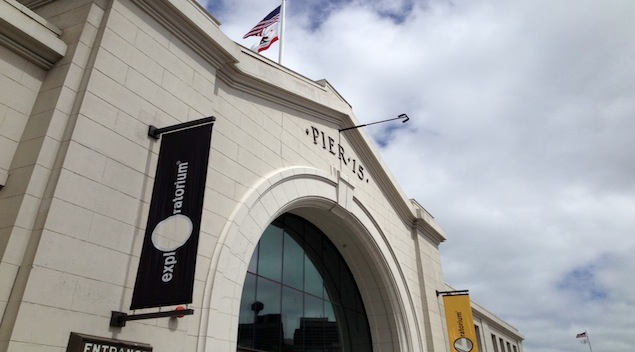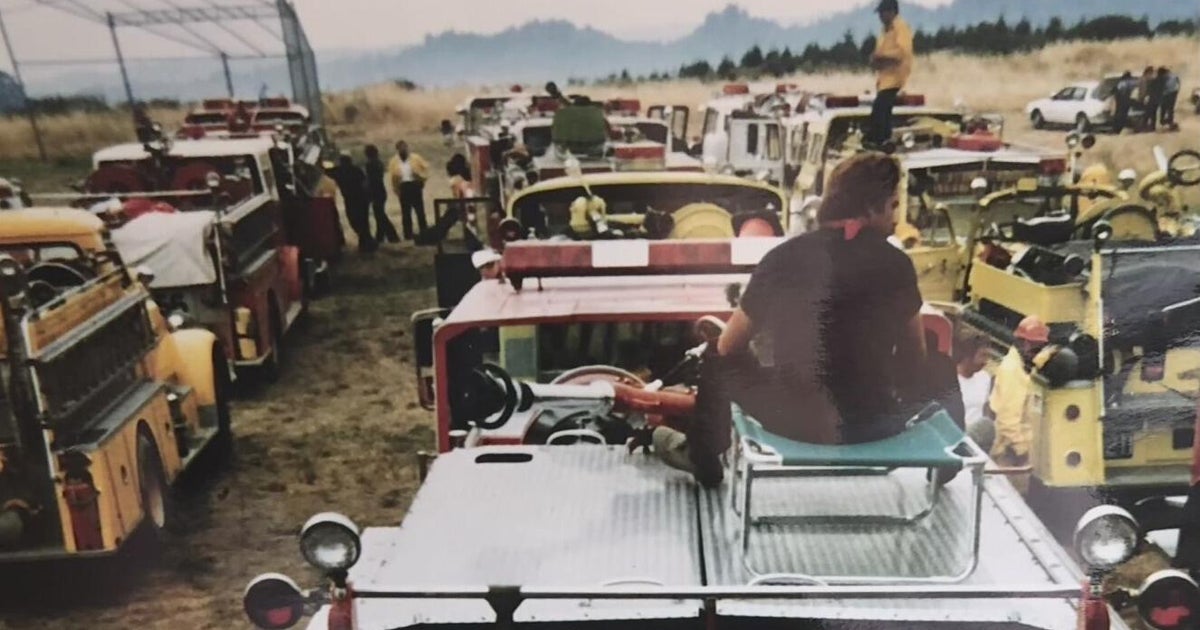Ask A Bay Area Expert: 5 Fun & Easy Science Projects To Do At Home
 (credit: Laurie Jo Miller Farr)
(credit: Laurie Jo Miller Farr)
Head for the Exploratorium in San Francisco to experience a day that will draw upon all your senses. Just one day inside the Exploratorium will change the way you think about the world, no matter what your age. As Dr. Frank Oppenheimer, founder of this public learning laboratory, said, "Nobody ever flunked a science museum." But if you aren't able to come to the Exploratorium, try these creative science projects in your own home!
Paul Doherty
Senior Scientist
Exploratorium
Pier 15
Embarcadero at Green St.
San Francisco, CA 94111
(415) 528-4444
www.exploratorium.edu
Professor, author, experienced rock climber, whirly musician and internationally recognized "best science demonstrator," Paul Doherty is the senior scientist at the Exploratorium. Instead of "don't try this at home," Paul guides students in safe experiments that absolutely can be tried at home by wannabe scientists. You can also come and play with these "Science Snacks" at the Exploratorium!
www.exploratorium.edu
Suspending a ball in an invisible stream of air demonstrates the force that gives airplanes and helicopters lift. You'll need a stand or a partner to hold a hair dryer, a table tennis ball and some tissue to demonstrate Newton's Third Law: "For every action, there is an equal and opposite reaction." Visit the experiment online to learn more about the mechanics of force and motion.
Try to pull the levitated ball out of the air stream; you can feel a force pulling it back in. You can also feel that the air stream is being deflected by the ball. Notice that when you pull the ball slowly out of the air stream, it is sucked back in, oscillates and again finds the center. A tissue shows us more about where the ball deflects the air stream around it and by tilting the stream of air, we see that the ball can still be suspended.
www.exploratorium.edu
Seeing colors in soap bubbles is due to different wavelengths of light reflecting, bouncing and interfering to create these colors. You'll need dishwashing detergent, a cup, a shallow dish, a black plastic film canister and a piece of white paper. Paul demonstrates the experiment in a video too.
Thin, transparent soap films create wonderful displays of color as two layers of soap molecules sandwiched by water are affected by gravity. A few hundred nano meters is the difference between wavelengths of light, which your eyes can perceive. "The white paper is really important" in this experiment, says Paul. "It takes the room light, which is on the ceiling of the room, and bounces it upward onto the soap film and up onto your eyes, so don't neglect the white paper." You can have a lot of fun observing these colors created by thin, transparent soap film.
Straw Oboe
www.exploratorium.edu
Making music with the beveled end of a straw shaped into a reed is affected by pressure when you blow into it, creating resonance at just the right pressure at an object's natural frequency. Examples of resonance you may recognize include a child swinging higher and higher on a swing or a glass shattered by the highest notes of a soprano's voice.
Just get a straw and some scissors. You'll snip both sides of a flattened tip of a straw at an angle to create a reed. When you blow through the straw, there is a high pressure in your mouth. As air rushes through the straw, the pressure in the straw drops. The high pressure outside the straw pushes the sides of the reed inward, closing off the flow. "The pressure then builds inside the straw and pops the reed open again," Paul explains. Sound waves bouncing back and forth inside the straw create standing waves that overlap. Although they cannot be seen, they can be heard. The length of the straw affects the pitch; just think of a piccolo versus a flute to predict which way that plays out.
Colored Shadows
www.exploratorium.edu
Did you know that not all shadows are black? Learn about human color perception and how light travels through a simple demonstration of colored shadows. You'll need red, green and blue lightbulbs, an electrical socket strip with three or more outlets, a pencil or ruler and a plain white surface and a darkened room.
Place the green light in the middle. "Red plus blue plus green looks white," Paul explains. Use a pencil or ruler to cast a shadow. By adjusting which lights are turned on and off and by adjusting the placement of the object, you'll see three different colored shadows: magenta, yellow and cyan. This experiment works because light travels in a straight line. Paul's video goes on to show how even more shadow colors can be created, including black, and how shadows can overlap.
www.exploratorium.edu
Make a mini-motor using a coil of wire. Gather two feet of solid (not stranded) enameled or insulated copper wire, 20–24 gauge; wire strippers (for insulated wire) or sandpaper for enameled wire); a black permanent marking pen; plain paper; plastic foam or plastic cup; two or more disk or rectangular ceramic magnets; two large paper clips; masking tape; aluminum foil and one or two C or D size batteries.
This simple, yet precise, 12-step experiment requires patience and will leave you with a good deal of understanding about motors, in addition to respect for electricians and machinists. Your result will be a moving coil of wire that acts as an electromagnet when current passes through it, creating a small electric motor. This one is probably best for middle-schoolers.
This article was written by Laurie Jo Miller Farr via Examiner.com for CBS Local Media



